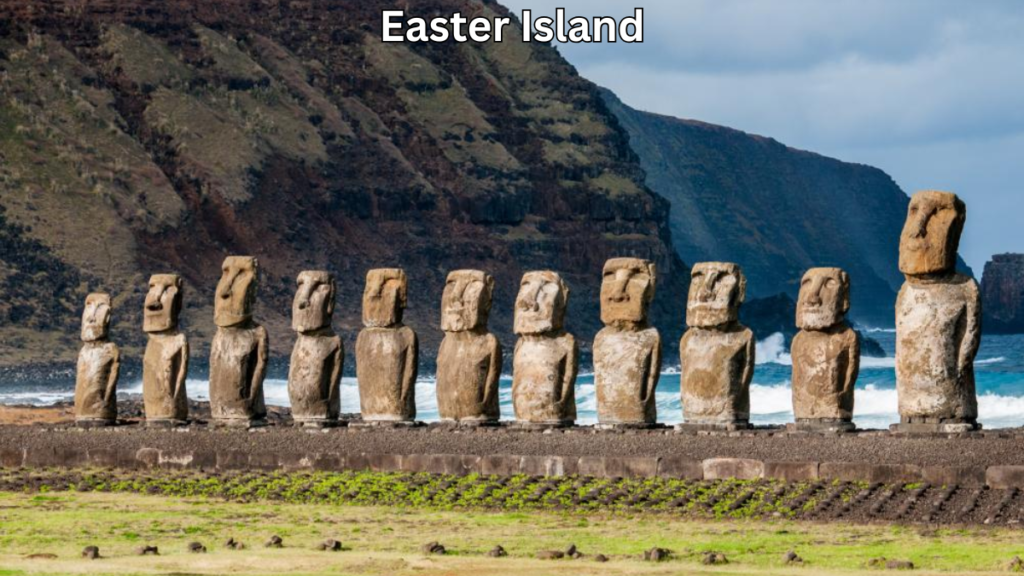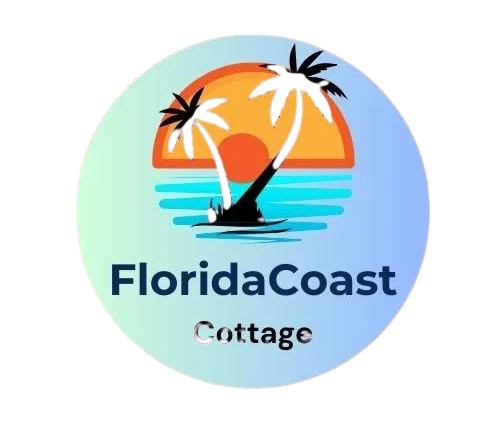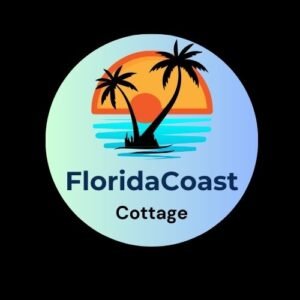Introduction
Easter Island, or Rapa Nui, is one of the most remote and enigmatic places on Earth, and its allure has fascinated travelers, archaeologists, and historians for centuries. Located in the Pacific Ocean, more than 2,000 miles from the nearest continental landmass, it’s the perfect place to step back in time and discover a culture that remains shrouded in mystery. From the towering Moai statues that dot the island’s landscape to the lost civilization that once thrived there, Easter Island offers an adventure like no other. Whether you’re a history buff, a lover of breathtaking landscapes, or just someone looking for an unforgettable getaway, Easter Island promises to captivate your heart and mind.
The island is steeped in fascinating stories, from the rise of the mighty Moai statues to the collapse of an ancient society that mysteriously disappeared. No matter how much we learn, the island’s history is still surrounded by more questions than answers. Join me on this journey to uncover the magic and mystery of Easter Island, a destination that promises to transport you into a world like no other.

The History of Easter Island: From Rapa Nui to Today
Let’s start by diving into the intriguing history of Easter Island. The island was first settled by Polynesian navigators, likely around 800-1200 AD. These early settlers, known as the Rapa Nui people, created a flourishing society based on their unique cultural and agricultural practices. They developed impressive techniques for creating the Moai statues that would later become symbols of their civilization’s power and beliefs. This Polynesian island, isolated in the vast expanse of the Pacific, developed its own set of traditions, arts, and social structures, separate from the rest of the world.
The island’s history took a dramatic turn when the Europeans arrived, with Dutch explorer Jacob Roggeveen being the first to record the island’s existence in 1722. He named the island Easter Island because he first encountered it on Easter Sunday. After this discovery, Easter Island’s isolation was broken, and over time, the indigenous population faced the impacts of colonization, disease, and resource depletion. But despite its tumultuous past, Easter Island is still home to a living culture that has managed to preserve many of its ancient traditions, making it one of the most unique places to visit on Earth.
The Moai Statues: Mystery and Significance
Now, let’s talk about the iconic Moai statues that make Easter Island so legendary. These massive stone figures are scattered all over the island, with nearly 900 still standing in their various forms. Their mysterious origin, transportation, and purpose have long been subjects of intense debate. The Moai are thought to have been created between 1400 and 1600 AD, each representing important ancestors and chiefs of the Rapa Nui people. They were believed to embody the spiritual energy and mana of the ancestors, which is why they were placed in strategic locations to bestow protection and prosperity upon the people.
The real mystery, however, is how these statues, which can weigh as much as 80 tons, were transported across the island. While many believe they were “walked” into place with a sophisticated system of ropes and coordination, there are still other theories about how these statues were moved, and how they were erected with such precision. Standing in front of these imposing, serene figures gives you a sense of the awe and respect the Rapa Nui people had for their ancestors. Whether you’re standing on the famous Ahu Tongariki platform, with its 15 towering Moai, or visiting the quarry at Rano Raraku, where they were carved, you’ll find yourself mesmerized by their ancient energy.
Unraveling the Rapa Nui Civilization
One of the most compelling aspects of Easter Island is the rise and fall of its civilization. At its peak, the Rapa Nui society was incredibly advanced. The people of Easter Island developed an intricate social structure, cultivated the land for crops like sweet potatoes, and used their resources to carve the Moai statues. However, by the 18th century, the island’s prosperity began to decline. Overexploitation of resources, particularly the destruction of the island’s forests, led to soil erosion and reduced agricultural productivity. Combined with the pressures of internal conflict and external influences, including European colonization, the once-thriving civilization began to crumble.
While the Moai statues still stand tall, the decline of Rapa Nui’s society is often attributed to these environmental and societal stresses. It’s heartbreaking to think that much of the island’s deforestation was caused by the islanders themselves, who needed wood to transport the statues. The collapse of their society serves as a stark reminder of the importance of balancing progress with sustainability. Today, Easter Island remains a living testament to the Rapa Nui people’s ingenuity and resilience, even as they faced overwhelming challenges.
The Archaeological Wonders of Easter Island
Easter Island’s archaeological treasures are a dream come true for anyone with an interest in history and ancient cultures. The island is dotted with fascinating sites, each telling its own part of the island’s story. The Rano Raraku quarry, where most of the Moai were carved, is a must-see. It’s here that you can witness hundreds of unfinished Moai, frozen in time, awaiting the last steps of their creation. As you explore, you’ll see how the statues were shaped from volcanic tuff and eventually transported to their final locations around the island.
Another key site is Ahu Tongariki, the largest ceremonial platform on the island. This site is home to 15 Moai statues, and standing before them at sunrise, with the light casting shadows over the statues, is truly magical. The contrast of the statues against the rugged, windswept backdrop of the island’s landscape creates an atmosphere that feels timeless. Easter Island is a living museum, where each site is a window into the past, and the stories behind them continue to intrigue archaeologists and visitors alike.
Easter Island’s Ecosystem and Natural Beauty
Easter Island’s beauty isn’t just confined to its archaeological wonders. The island’s natural environment is equally captivating, offering a rich tapestry of landscapes that range from lush volcanic craters to dramatic coastal cliffs. The Rano Kau Volcano is one of the island’s top natural landmarks, with its vast crater lake offering stunning views over the island and the Pacific Ocean. If you’re a nature lover, you’ll be enchanted by the island’s diverse flora and fauna. From native plant species to unique birdlife, Easter Island is a treasure trove of natural wonders waiting to be explored.
The coastline is just as dramatic, with rocky shorelines and pristine beaches that offer a sense of peace and isolation. Anakena Beach, with its golden sands and turquoise waters, provides a perfect spot to relax after exploring the island’s more rugged terrain. Easter Island’s beauty is as much about the serenity of its landscapes as it is about the awe-inspiring historical sites. Whether you’re hiking through the island’s volcanic terrain or simply taking in the breathtaking views, the natural beauty of Easter Island is as much a draw as its mysteries.
The Mystery of the Island’s Decline
The downfall of Easter Island’s society remains one of the most perplexing mysteries surrounding the island. What caused the once-thriving Rapa Nui civilization to collapse? There are several theories, with environmental degradation playing a central role. The deforestation caused by the Rapa Nui people’s need for timber to transport Moai statues led to a significant loss of the island’s resources. As the forests vanished, the island’s agriculture became unsustainable, and the population began to suffer from food shortages. At the same time, internal conflicts between clans over resources worsened.
Other theories point to external influences, including the arrival of European explorers and the introduction of diseases that decimated the population. There’s also evidence that the islanders’ contact with foreign ships brought an influx of outside weapons and goods, disrupting their way of life. As time has passed, Easter Island’s tragic decline serves as a reminder of the fragility of societies, and the delicate balance needed to maintain both culture and resources. Thankfully, modern-day conservation efforts are working to protect the island’s remaining resources and its incredible history.
Visiting Easter Island: A Traveler’s Guide
Easter Island is a dream destination for any traveler seeking to explore one of the world’s most fascinating and remote locations. While the journey to the island is long, it’s well worth it once you step foot on the island. The best time to visit is during the Southern Hemisphere summer, from December to March, when the weather is pleasant and many of the island’s cultural festivals take place. The most common way to get to Easter Island is by flying from Santiago, Chile, a direct flight that takes around 5 hours.
Once on the island, there’s no shortage of things to see and do. Be sure to visit the Moai statues, hike up the volcanic craters, and take time to relax at Anakena Beach. Guided tours are available to take you through the island’s top archaeological sites, but if you’re up for an adventure, consider renting a bike or even a car to explore the island at your own pace. Easter Island is small, but every corner is rich with history, so take your time and enjoy the journey!
Cultural Heritage and Modern-Day Rapa Nui
Though the Rapa Nui civilization is long gone, its legacy lives on in the people who continue to call Easter Island home. The modern-day Rapa Nui people maintain a strong cultural identity, and their traditions are evident in the island’s festivals, dances, and crafts. The Tapati Rapa Nui festival, held every February, celebrates the island’s culture with traditional music, dance, and competitions. Visitors can witness vibrant performances, learn about ancient customs, and taste the unique flavors of Rapa Nui cuisine.
Despite the challenges the island has faced, the Rapa Nui people remain a resilient and proud community. Efforts are being made to ensure that their heritage is preserved, and cultural preservation plays a big role in the island’s modern identity. As you explore Easter Island, you’ll not only learn about its ancient past but also experience the vibrancy of its present-day culture.
Conclusion: The Enduring Fascination of Easter Island
Easter Island is a destination that truly captivates the imagination. Its rich history, awe-inspiring Moai statues, and stunning natural beauty make it one of the most unique places in the world. As you wander through the island’s archaeological sites, hike its volcanic craters, or simply gaze at the Moai standing watch over the island, you’ll feel the deep connection between the past and present. The mysteries of Easter Island may never be fully unraveled, but that’s part of the magic.
So, if you’re looking for a destination that’s steeped in history, culture, and natural beauty, Easter Island is waiting for you to uncover its secrets. It’s not just a place to visit—it’s a journey back in time, to a land full of stories, legends, and awe-inspiring wonders.






